Age of mothers and fathers continues to rise
Parents are starting families later, with the fertility rate of 40-44 year-old mothers three times higher than in 1991, and teenage pregnancies are at an all time low, ABS data shows.
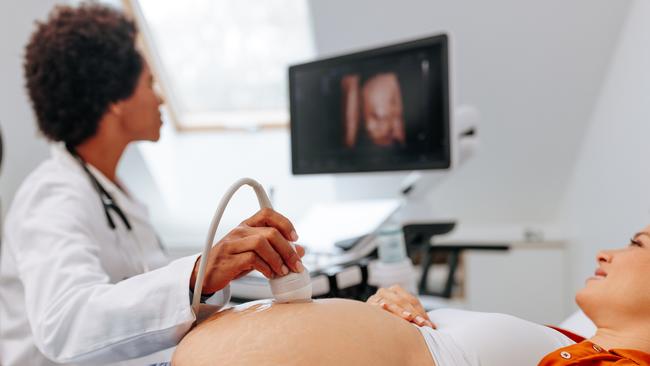
The fertility rate for mothers aged 40-44 has tripled in the last four decades, while for teenage mothers it reached an all time low in 2022, New Australian Bureau of Statistics data reveals.
The overall national fertility rate continues its long term downward trend, sitting at 1.63 babies per woman in 2022, the ABS births data finds.
After hitting its lowest ever in the Covid-affected 2020, 1.59 births per woman, it rebounded in 2021 to 1.7, but resumed the long-term downward trend last year.
There has been a steady decline in the number of babies per women in Australia since 1961, when it peaked at 3.55.
While the 1960s and 70s saw a rapid drop off to below the replacement rate of 2.1 births per woman as females took charge of their contraception, it plateaued until the early 2000s when policies such as the baby bonus created a temporary bump. But since 2008 it has again been in decline.
The drop has been due to couples delaying the decision to have children until they have finished their education, found work and are economically ready, which means less opportunity to have two or more. It has left population growth increasingly dependent on migration.
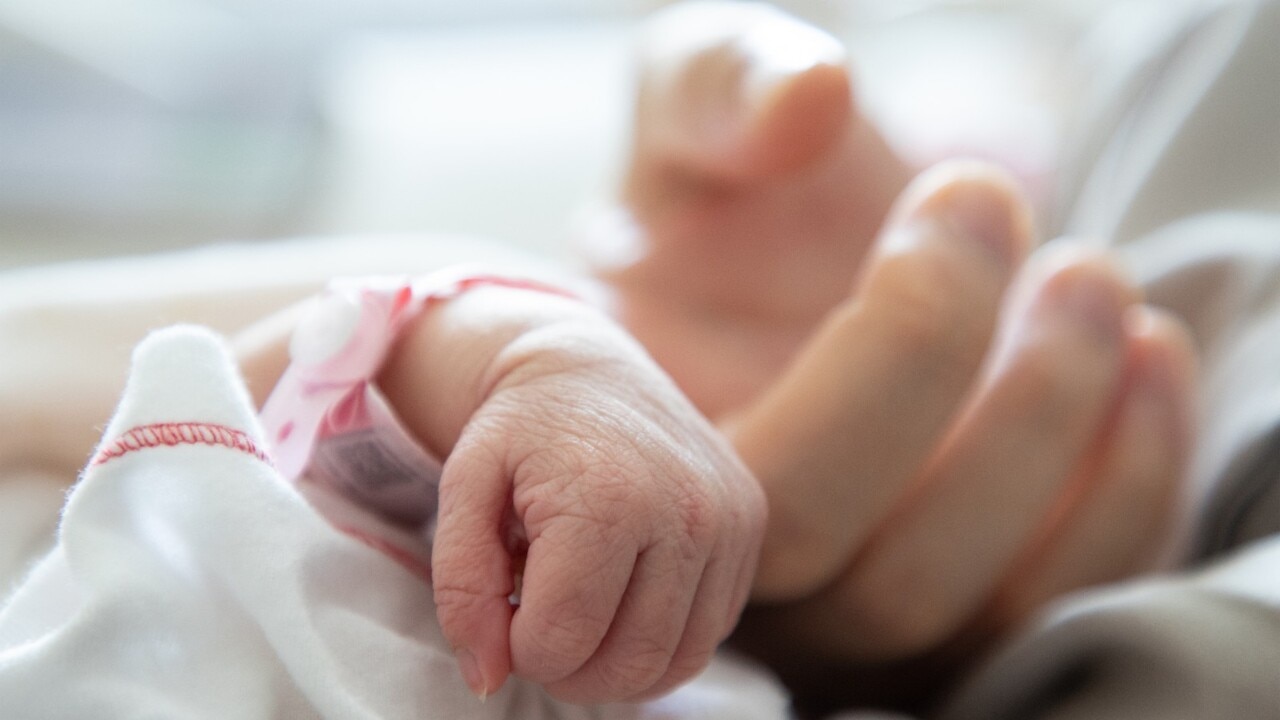
ABS head of demography Emily Walter said the average age of both mothers and fathers had steadily increased since the mid-1970s.
“In 1975, less than 20 per cent of births were to mothers who were between 30 and 39 years old, but now nearly 60 per cent of births are to mothers in this age group,” Ms Walter said.
The most popular age for a mother having a child in 1975 was 25, while in 2022 it was 32.
The fertility rate for women in their late 30s and early 40s has significantly increased, while teenage motherhood was increasingly rare, Ms Walter said.
“From 1991 to 2022, the fertility rate of mothers aged 35-39 years has almost doubled from 36.0 to 69.3 births per 1,000 women, and for mothers aged 40-44 years, it has nearly tripled from 5.5 to 15.8 births per 1,000 women.
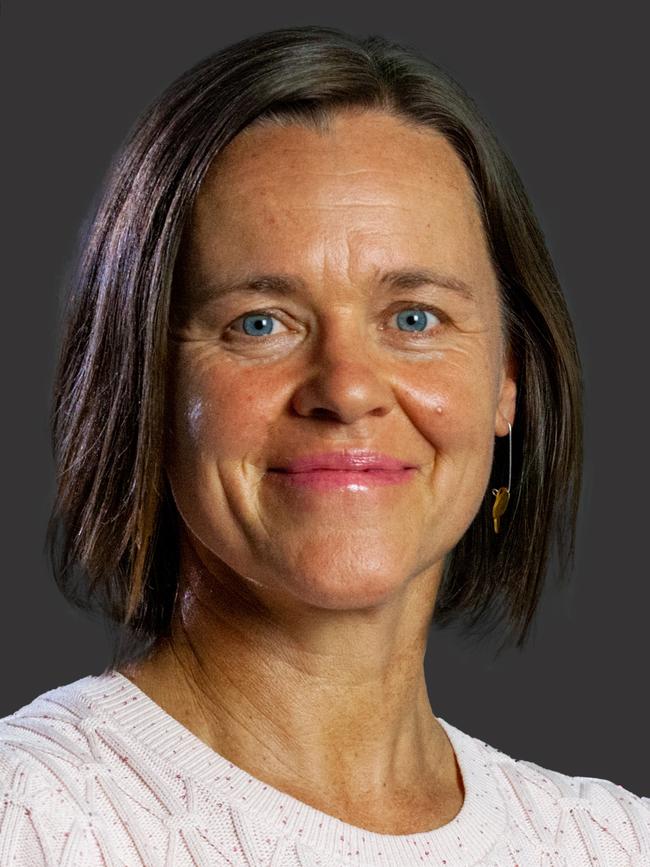
“In contrast, the fertility rate of teenage mothers has reached an all-time low of 6.8 births per 1,000 women, from 22.1 births per 1,000 women in 1991.” she said.
Demographer Simon Kuestenmacher said a declining birth rate and older parents was a result of couples taking longer to reach some financial comfort.
“We stay in education longer, so earnings come later, and while we might earn more, everything is more expensive,” Mr Kuestenmacher said.
“Who can run a family on a single income? Many families are now two income, which is really what you need to be able to live in a capital city in Australia, and that by nature lowers the birth rate.”
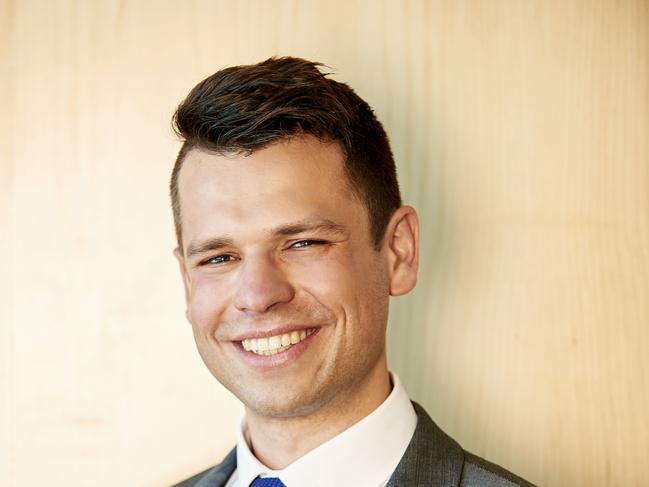
He said the recent spike in fertility in over-40 women was driven by in-vitro fertilisation.
“IVF has made it possible to have a child later in life. It has allowed career-focused women to push out the decision to have a child, but it makes it more likely they will just be having the one,” Mr Kuestenmacher said.
The Northern Territory recorded the highest total fertility rate (1.73 babies per woman), followed by New South Wales and Queensland with 1.71 babies per woman. The ACT had the lowest total fertility rate (1.41 babies per woman).



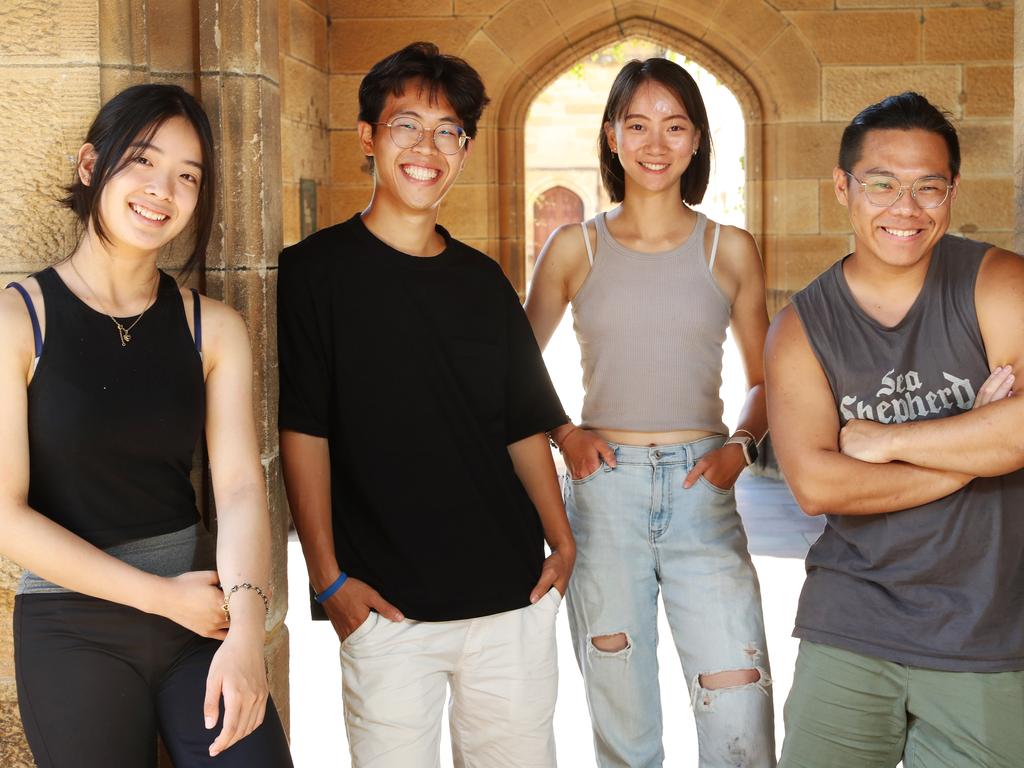



To join the conversation, please log in. Don't have an account? Register
Join the conversation, you are commenting as Logout